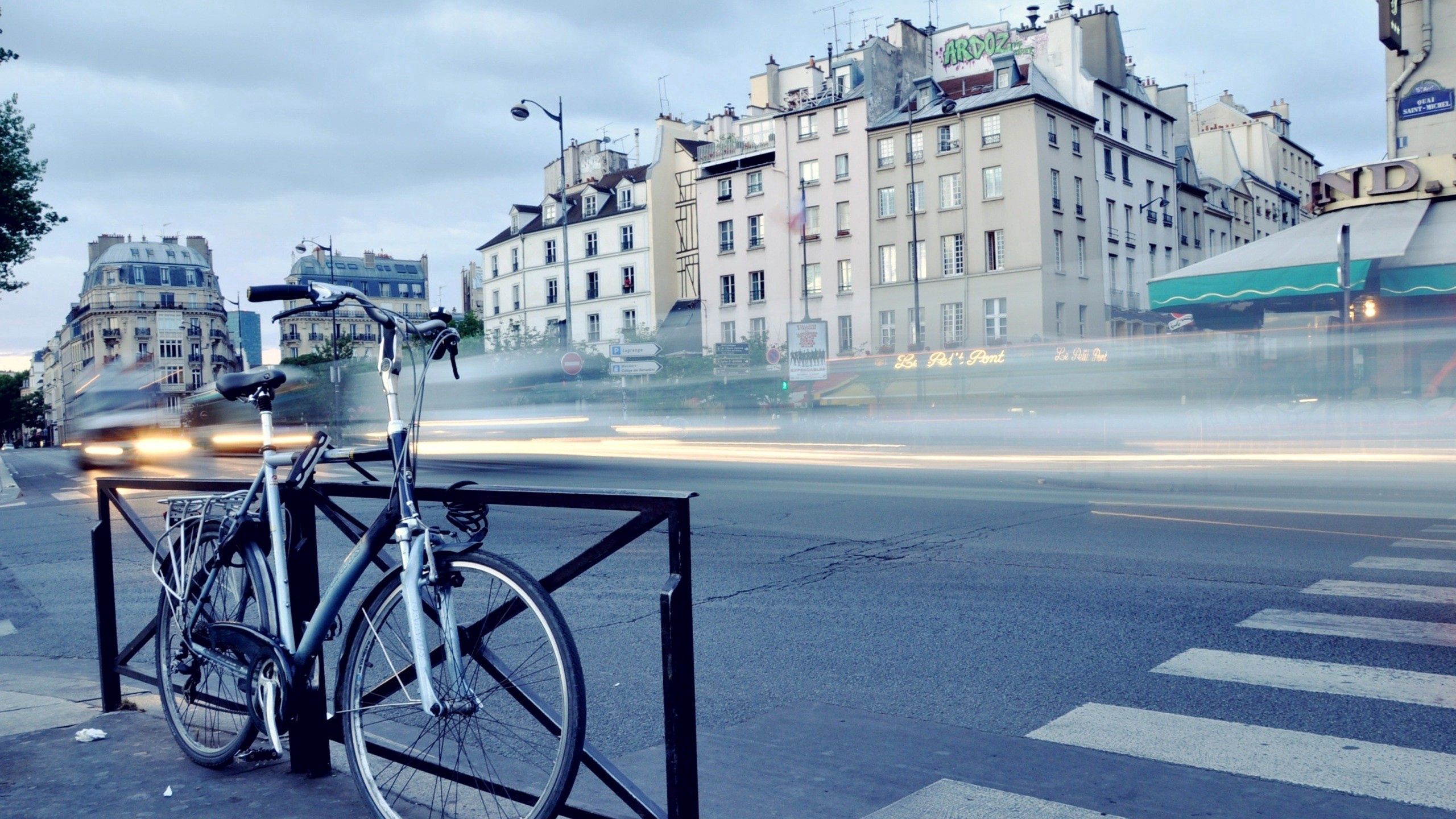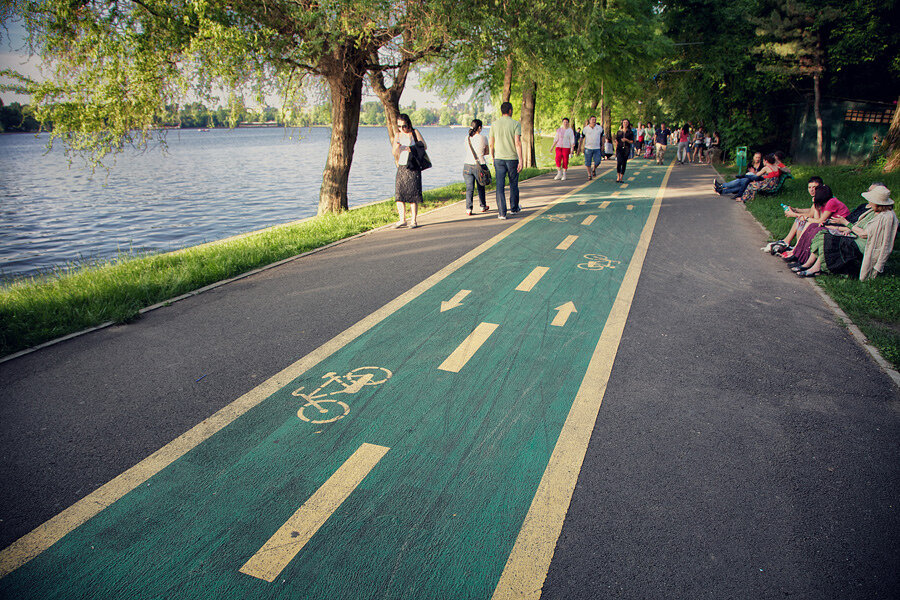5 Essential Tips for Safer City Cycling
Urban cycling has become increasingly popular as cities worldwide invest in better infrastructure and more people seek sustainable transportation options. However, navigating busy streets requires specific skills and awareness. Here are five essential tips to make your urban cycling experience safer and more enjoyable.

1. Choose the Right Bike for Urban Commuting
Not all bicycles are created equal when it comes to city riding. Consider these factors when selecting your urban steed:
- Frame: Look for a lightweight but durable frame that can handle potholes and curbs.
- Tires: Wider tires (28-32mm) provide better stability and comfort on rough city roads.
- Gears: Choose a gearing system that handles your city's terrain (internal hub gears are low-maintenance options).
- Accessories: Fenders, racks, and chain guards make your bike more practical for daily use.
Pro Tip
Test ride different bike styles before purchasing. What works for one urban cyclist might not be ideal for another, depending on your city's specific conditions and your daily route.
2. Master Urban Riding Techniques
City cycling requires a different skillset than recreational riding. Practice these techniques:
- Scanning: Regularly check your surroundings by looking over your shoulder.
- Signaling: Always use hand signals to indicate turns and stops.
- Lane Positioning: Ride in a straight, predictable line, about 3 feet from parked cars to avoid "door zones."
- Intersection Awareness: Be extra cautious at intersections where most accidents occur.

3. Understand Local Traffic Laws
Each city has specific bicycle laws. Familiarize yourself with:
- Where bicycles are allowed to ride (bike lanes, roads, sidewalks)
- Right-of-way rules at intersections
- Local helmet laws (even if not required, always recommended)
- Hand signal requirements
4. Be Visible and Predictable
Many cycling accidents occur because drivers "didn't see" the cyclist. Increase your visibility by:
- Using front and rear lights (even during the day)
- Wearing bright, reflective clothing
- Making eye contact with drivers at intersections
- Avoiding blind spots of larger vehicles
5. Plan Your Route Strategically
Sometimes the most direct route isn't the safest. Consider:
- Using dedicated bike lanes and trails even if they add distance
- Avoiding high-traffic roads during rush hours
- Looking for streets with lower speed limits
- Using cycling apps that suggest bike-friendly routes
Urban cycling can be an incredibly rewarding way to get around your city. By following these tips and continuously honing your skills, you'll become a more confident and safer city cyclist. Remember that every ride is an opportunity to learn and improve.